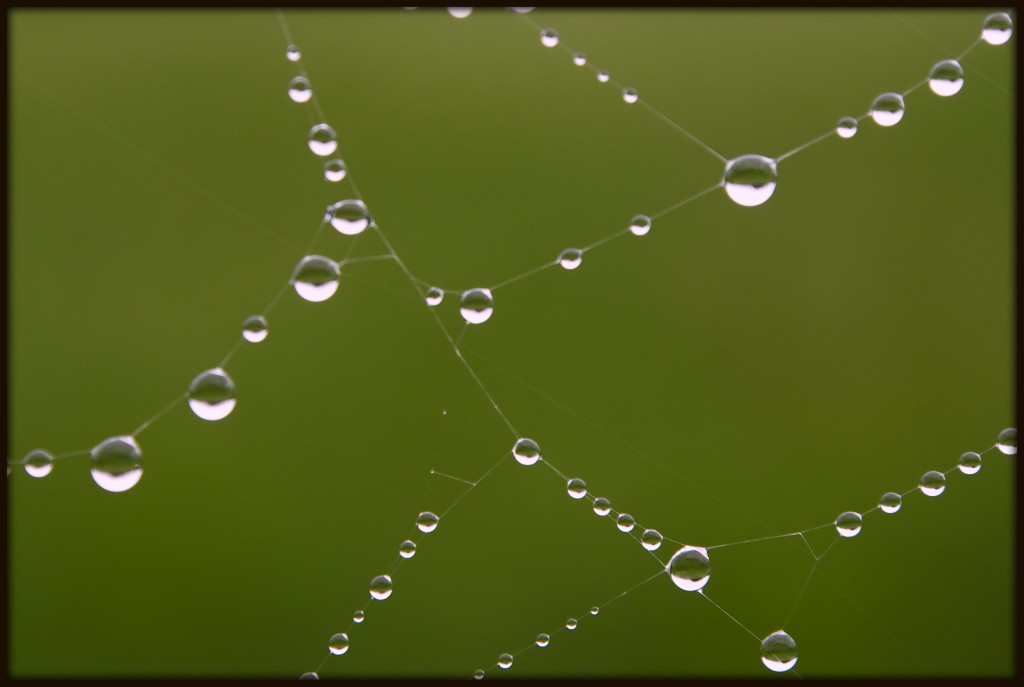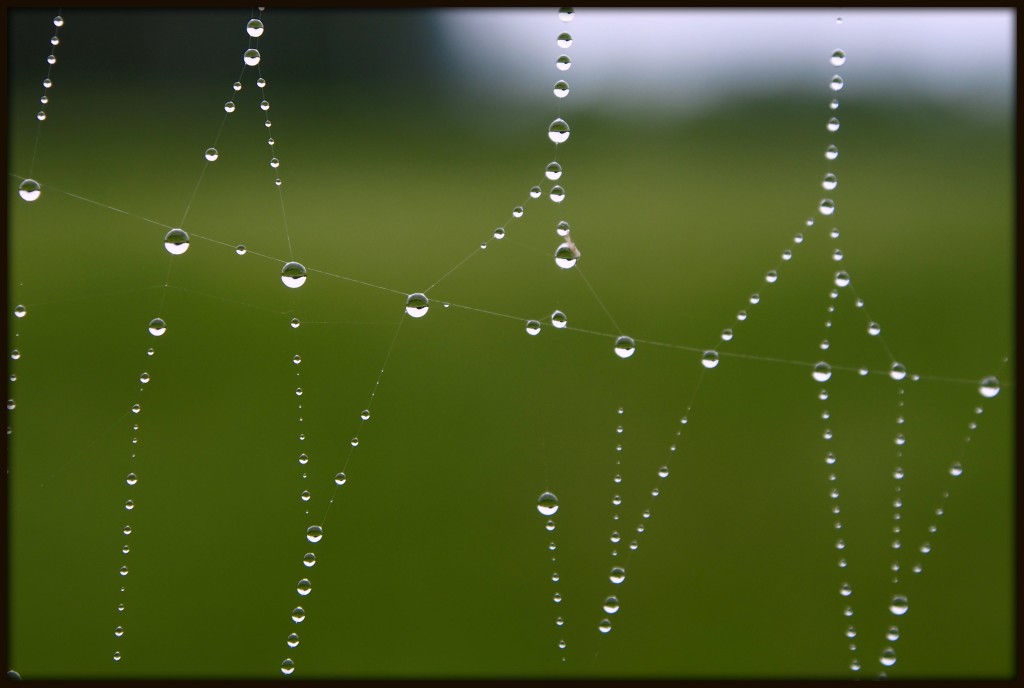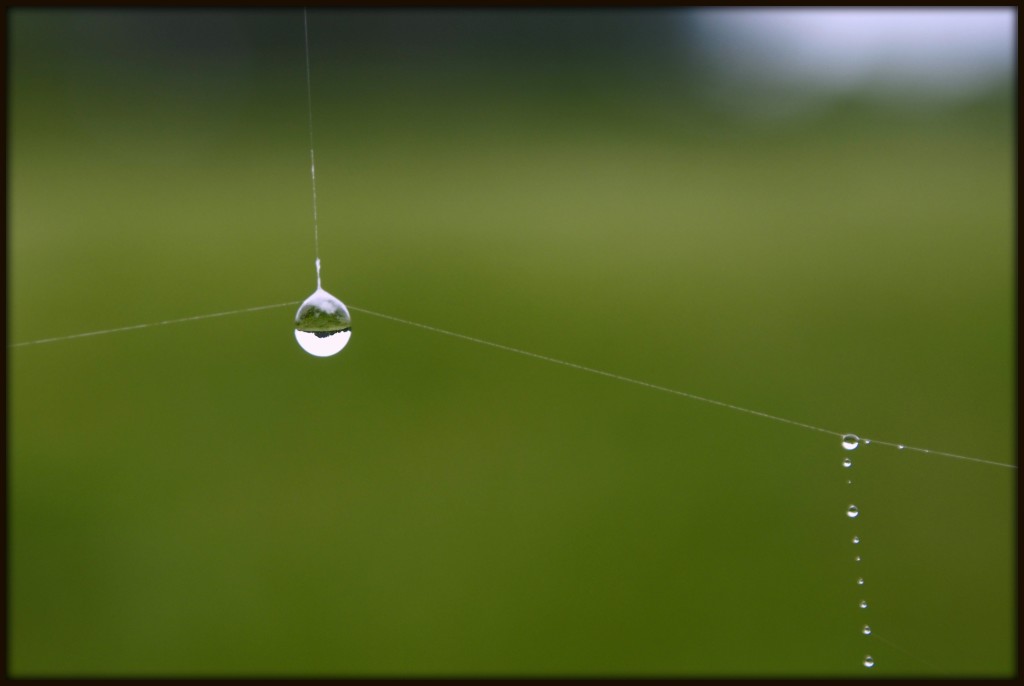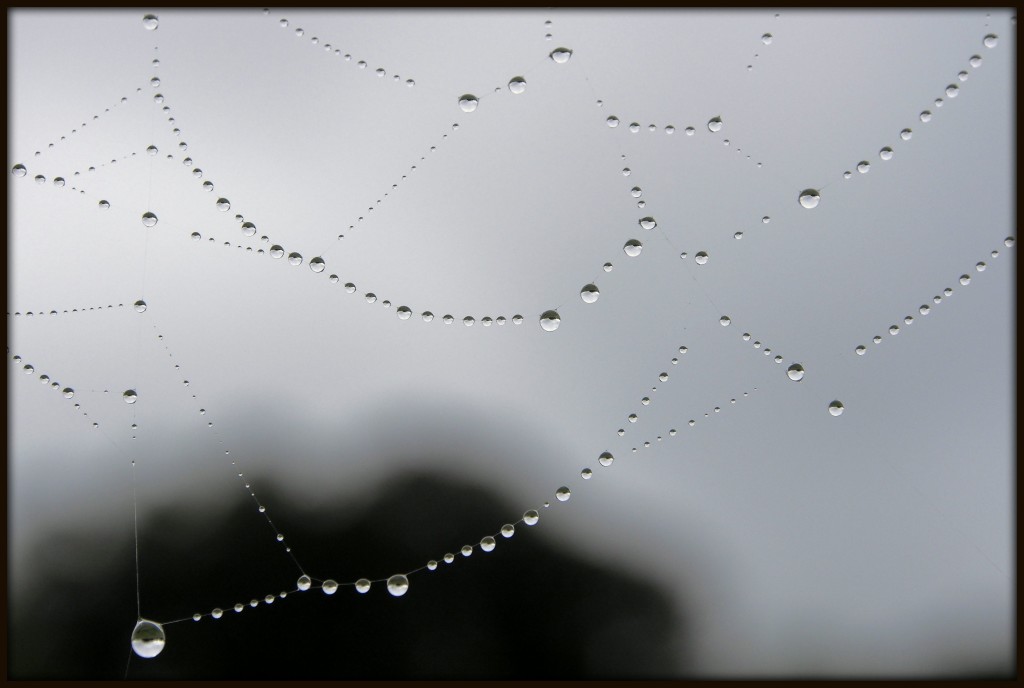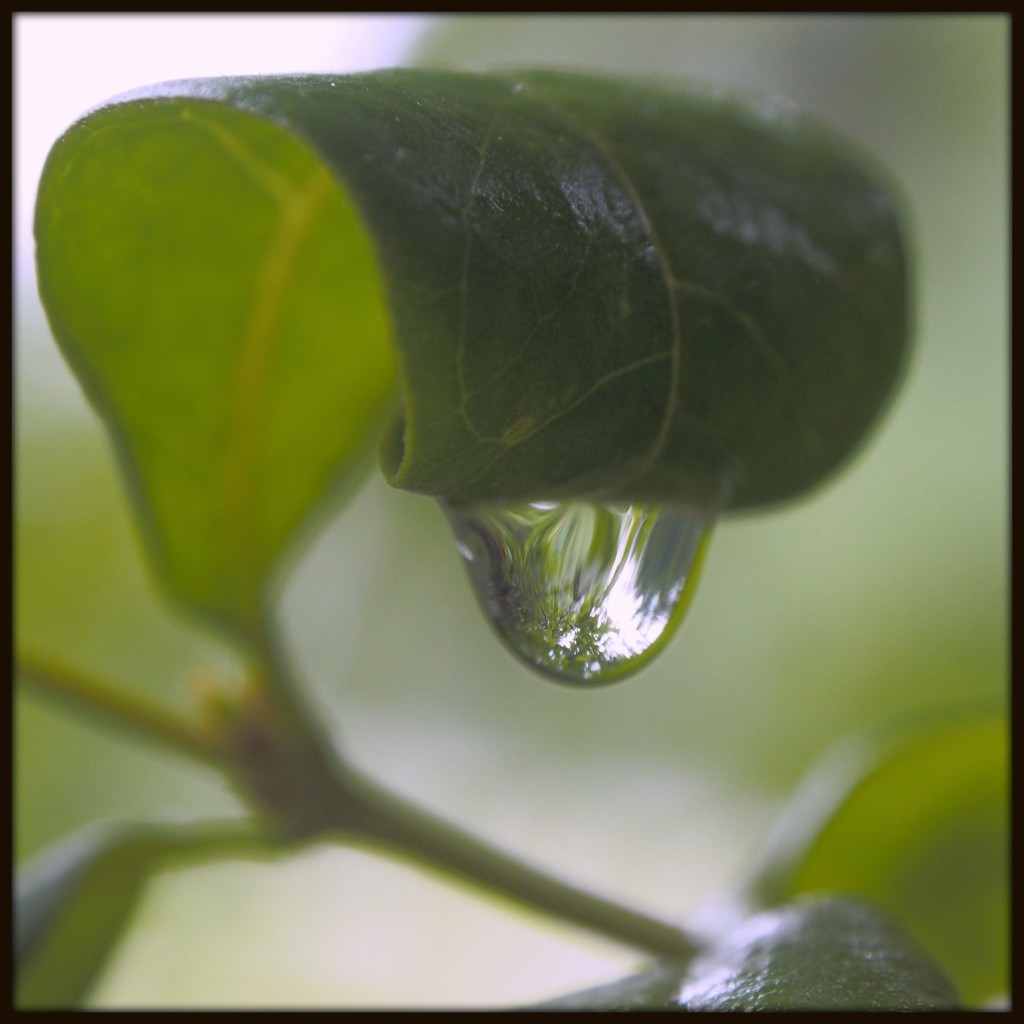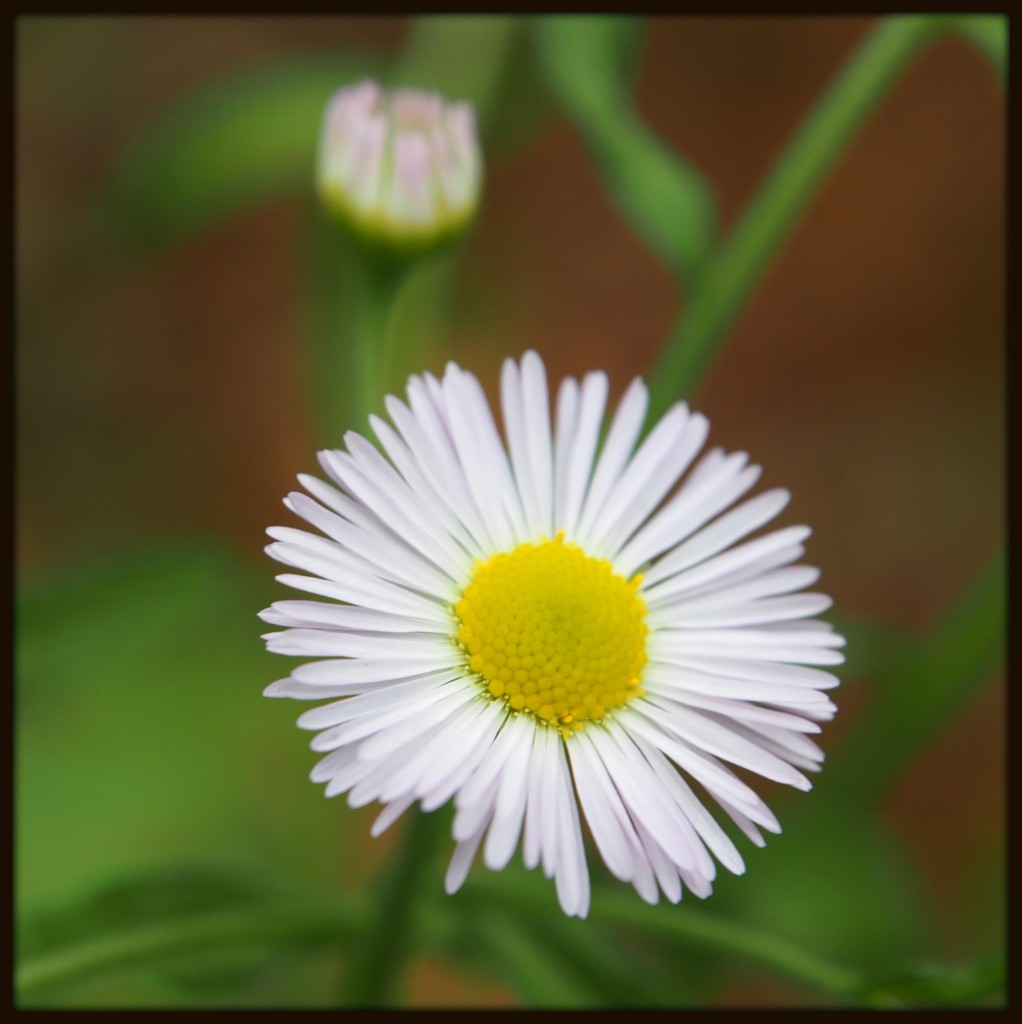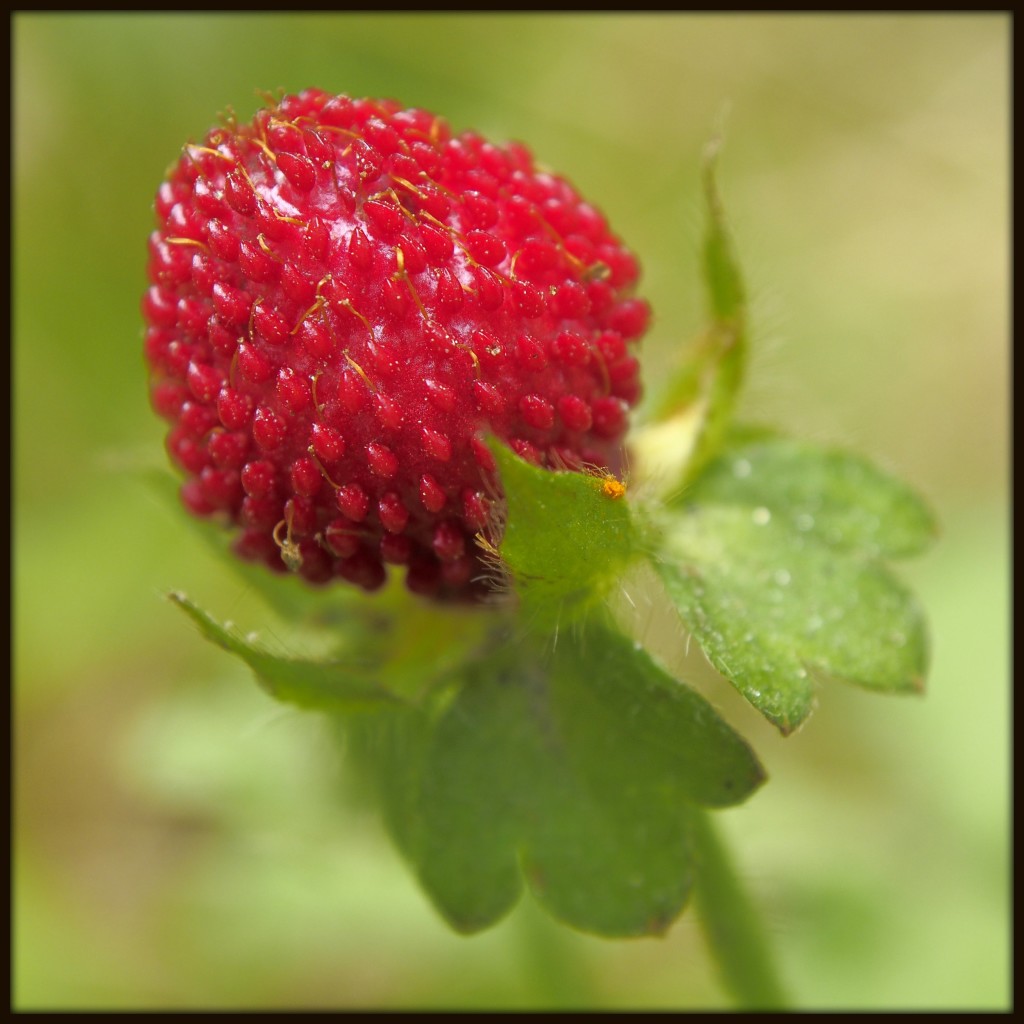Come along with me on a woodland wildflower walk in celebration of Mother’s Day. We will leave the sun and dust of the roadway behind, retreating to the cool shade of the Georgia forest, in Cochran Mill Park, Chattahoochee Hills. We will also leave behind a number of Eurasian roadside “weeds” in favor of our native wildflowers. Weeds flourish in the ruderal, or disturbed, zone at the road’s edge, while the forest floor is a haven for many colorful and delicate native plants. One of them that greets us on this mid-Spring day is a wild azalea (Rhododendron canescens), blooming along the edge of Bear Creek. Like many of the wildflowers we will encounter on our journey, this one does not keep well if cut and taken home, so instead we will gather a photographic bouquet to honor the mothers in our lives.

Yellow stargrass; photo by author.
Nearby, in dappled sunlight near the stream’s edge, we find yellow stargrass, also called yellow goldstar (Hypoxis hirsuta). When not in bloom, this inconspicuous plant (rarely exceeding six inches in height) appears to be a kind of grass, but it catches the eye once the star-shaped, six-petaled bright yellow flowers burst open. The flowers are pollinated by a variety of small bees.

Wild comfrey; photo by author.
Our trail wends its way uphill, deeper into the forest. In the relative absence of loblolly pines (commonly a dominant tree in the most recently-farmed parts of the Georgia piedmont, accompanied by sweet gum), there is a rich, deep layer of leaf litter beneath our feet. Thriving among the leaves is a plant with large (four- to eight-inch-long) oval to elliptical leaves. Above the leaves rises a single, forking flowerhead bearing small pale blue flowers that seem out of scale for the large size of the leaves. Known as wild comfrey (Cynoglossum virginianum), it has many traditional uses as a medicinal herb, including as a skin salve for wounds and as a tonic for digestive and respiratory ailments.

Pale blue-eyed grass; photo by author.
We pause along the path to observe, emerging from last year’s fallen leaves, the slender blades of pale blue-eyed grass (Sisyrinchium albidum). The linear leaf blades look like those of an iris, reaching perhaps a foot in height. The pale blue flower has six petals and a yellow center. Although its common name identifies it as a grass, it is actually a member of the Iris Family.

Common yellow wood sorrel; author.
Another small five-petalled yellow flower blooms among the leaf litter. Its shamrock-shaped leaves tinged with red-brown identify it as a wood sorrel, and more specifically, the common yellow wood sorrel, or sourgrass (Oxalis stricta). As the genus name hints, the leaves of wood sorrels contain oxalic acid, which imparts a lemony flavor to them. A small handful of wood sorrel leaves can make a tangy addition to salads; however, they can be poisonous if eaten in large doses.
.JPG)
False rue anemone; photo by author.
Wandering off the trail near a rocky ledge above a stream, we find white blooms of both the rue anemone (Thalictrum thalictroides) and its showier cousin, the false rue anemone (Enemion biternatum). Both belong to the buttercup family, and both do not actually have flower petals; instead, the sepals serve that role. The false rue anemone has robust flowers with only five parts, and deeply-lobed leaves, while the rue anemone has more delicate, slender-sepaled flowers with five to ten parts, and leaves with rounded teeth.

Violet wood sorrel; photo by author.
Nearby is yet another wood sorrel, this time with five white petals tinged with pinkish-purple. Known as the violet wood sorrel (Oxalis violacea), it was first described by the father of botanical taxonomy, Carl Linnaeus, in 1753. Like all wood sorrels, it has leaves that are shaped like shamrocks, giving sorrels the collective common name of “wild shamrocks”. The word “sorrel” is German for “sour”, referring to the sour, lemony flavor of the leaves.

Jack-in-the-Pulpit; author.
Our path winds along a stream and into an adjacent wooded wetland. There, growing in the dappled sunlight in the mucky soil, is a Jack-in-the-pulpit or Indian turnip (Arisaema triphyllum). The flower consists of a central club-shaped spadix (“Jack”) surrounded by a leaf-like bract called a spathe (“the pulpit”). While the spathe’s exterior is a subdued greenish white, the interior is decorated with a dramatic reddish-purplish-black that is solid above and striped with white below. With its three enormous leaflets and highly distinctive flower shape, it is one of the easier woodland wildflowers to identify. As such, it has also been given dozens of fascinating names, including pepper turnip, bog onion, brown dragon, Indian cherries, Indian cradle, marsh turnip, and Plant-of-Peace. It’s fascinating organic form rounds out our woodland bouquet beautifully.
For more information about Georgia’s wildflowers. this author recommends that you obtain a copy of a good wildflower guide, ideally Wildflowers of Tennessee, the Ohio Valley, and the Southern Appalachians, listed here.
This article was originally published on May 8, 2010.
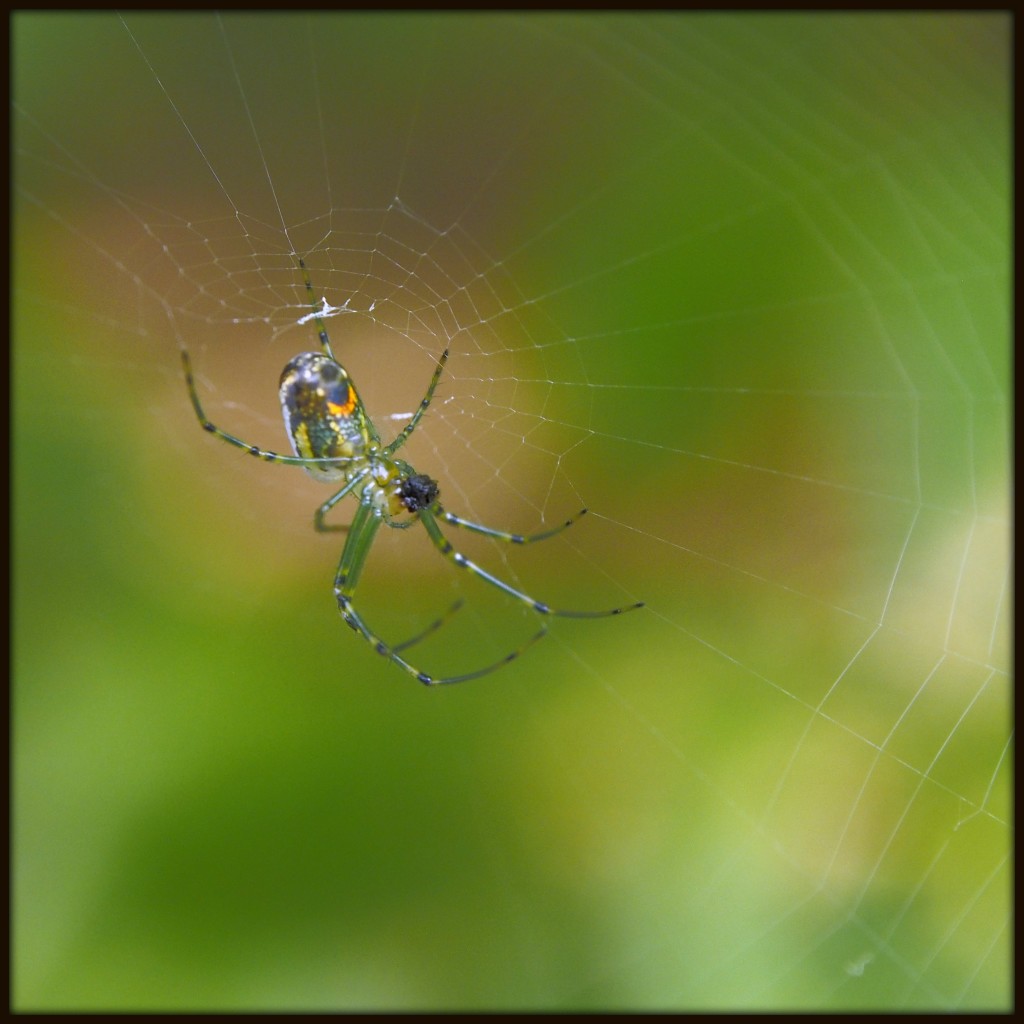





.JPG)



.JPG)




